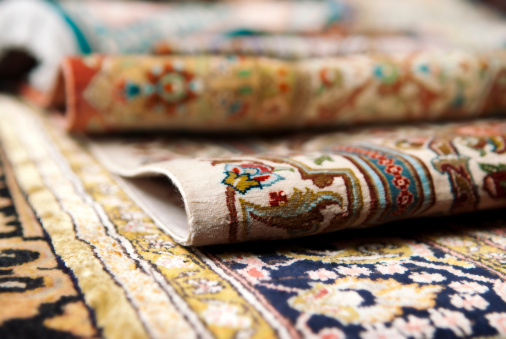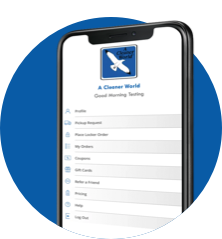A Cleaner World Blog
The Composition of an Oriental Rug
Webster’s Dictionary defines an Oriental Rug as “a handwoven or hand-knotted one-piece rug or carpet made in a country of central or southern Asia.” But if you have seen an authentic Oriental Rug, you know it is so much more than that. Each rug is a unique work of art with its own individual character and design, not to mention that they are also made of natural fibers like wool or silk.
It's hard to say how long the Oriental Rug has been around, but the oldest known Oriental Rug is the Pazyryk carpet, which dates to 400-500 BC. It was discovered in an excavated burial site in southern Siberia in the mid-1940’s and is part of the Hermitage Museum Collection in St. Petersburg.
Over the years, Oriental Rugs have changed in design but not in construction. While weavers still follow old traditions and techniques, they are changing colors and designs to fit with today’s demand and lifestyle. There's lots of information out there about Oriental Rugs, from history to purchase guides to details. Periodically we will share information about Oriental Rugs through our monthly newsletters and weekly blog posts, but in the meantime, if you are in the market for an Oriental Rug but don't know much about them, below is the anatomy of an Oriental Rug, starting with the outside of the rug and working inward:
- Fringe is the collection of threads bunched together at each end of the rug. It is part of the finishing process of the rug; once the weaver completes the rug, they will tie off the ends in knots.
- The guard border is smaller edging that is next to the main border on both the inner and the outer edge.
- The main border is the widest portion and includes the main border design.
- Spandrels, if the rug has them, look like corner supports in each of the four corners of the field area in an Oriental Rug.
- The field is the solid space inside the main border of the rug; it is typically the main color of the rug.
- The medallion, a common design in these rugs, is set in the center of the field area of the rug and is usually in the shape of a diamond.
If you are the lucky owner of an Oriental Rug, the best thing you can do for it is to provide proper care. Follow this link to learn how to properly vacuum your Oriental and Area Rugs, and don’t forget to have them professionally cleaned every 12-18 months.



